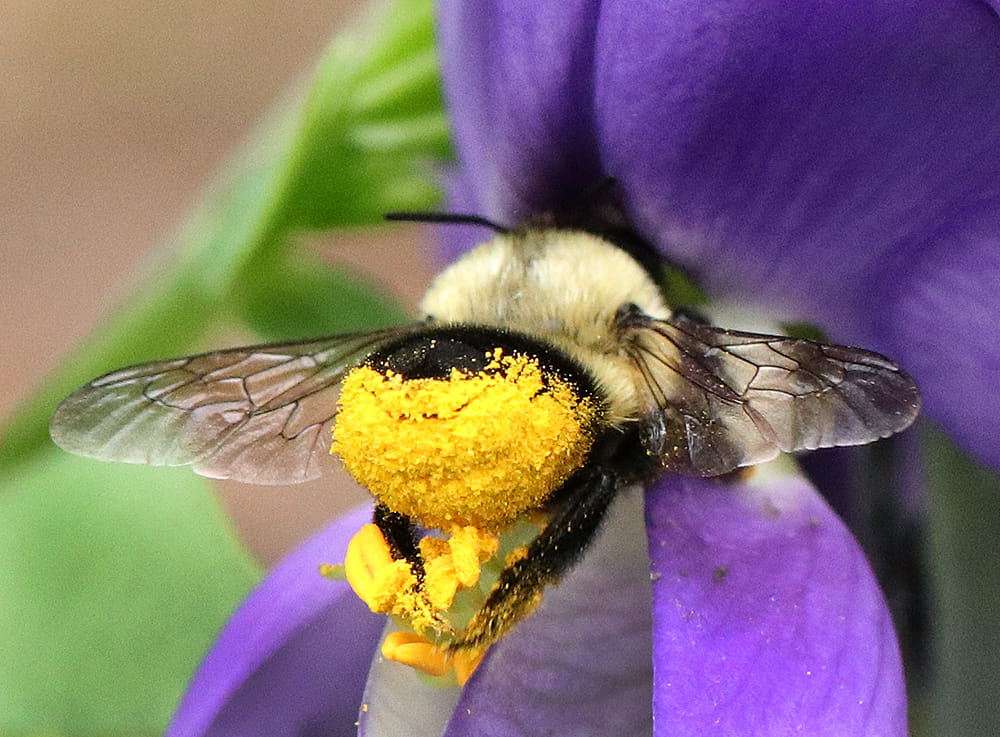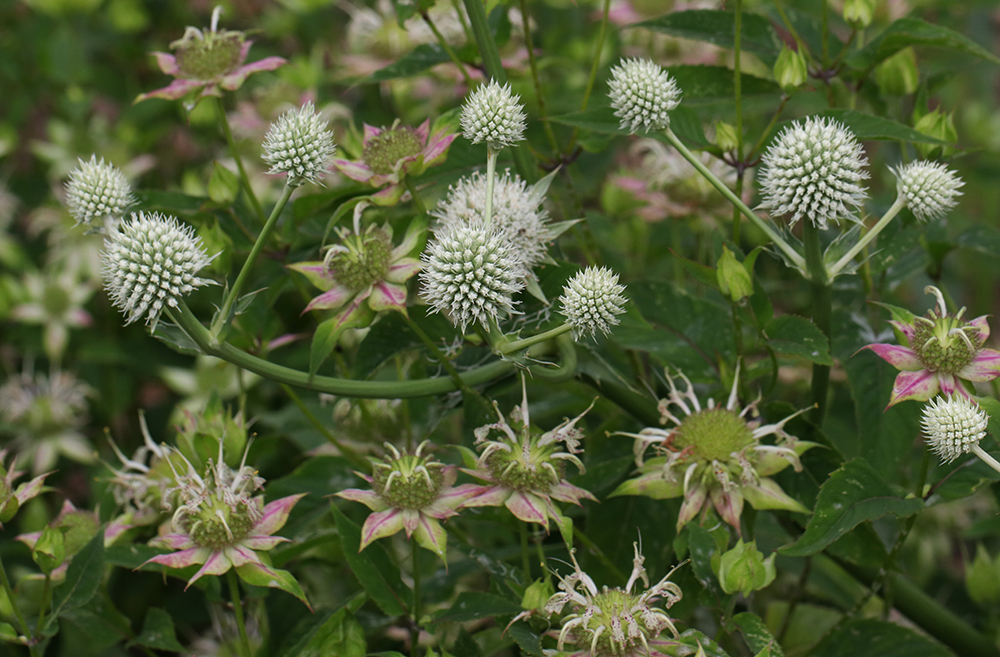Spring Chores in the Pollinator Garden
go.ncsu.edu/readext?990707
en Español / em Português
El inglés es el idioma de control de esta página. En la medida en que haya algún conflicto entre la traducción al inglés y la traducción, el inglés prevalece.
Al hacer clic en el enlace de traducción se activa un servicio de traducción gratuito para convertir la página al español. Al igual que con cualquier traducción por Internet, la conversión no es sensible al contexto y puede que no traduzca el texto en su significado original. NC State Extension no garantiza la exactitud del texto traducido. Por favor, tenga en cuenta que algunas aplicaciones y/o servicios pueden no funcionar como se espera cuando se traducen.
Português
Inglês é o idioma de controle desta página. Na medida que haja algum conflito entre o texto original em Inglês e a tradução, o Inglês prevalece.
Ao clicar no link de tradução, um serviço gratuito de tradução será ativado para converter a página para o Português. Como em qualquer tradução pela internet, a conversão não é sensivel ao contexto e pode não ocorrer a tradução para o significado orginal. O serviço de Extensão da Carolina do Norte (NC State Extension) não garante a exatidão do texto traduzido. Por favor, observe que algumas funções ou serviços podem não funcionar como esperado após a tradução.
English
English is the controlling language of this page. To the extent there is any conflict between the English text and the translation, English controls.
Clicking on the translation link activates a free translation service to convert the page to Spanish. As with any Internet translation, the conversion is not context-sensitive and may not translate the text to its original meaning. NC State Extension does not guarantee the accuracy of the translated text. Please note that some applications and/or services may not function as expected when translated.
Collapse ▲
Leafcutter bee foraging on dwarf wild indigo in the spring. Photo by Debbie Roos.
Around late February things start kicking into high gear in Cooperative Extension’s Pollinator Paradise Demonstration Garden. Usually I have taken most of January off in the garden. I start back with some weeding in February, maybe some removal of “spready” plants. But by late February I can feel that spring is coming and it’s time to get serious about spring chores so I mobilize my volunteers and we start getting the garden ready for the season. March and April are very busy months in the garden!
I wrote an article that discusses in detail all the tasks we tackle in the spring in the pollinator garden:
Spring Chores in the Pollinator Garden
Visit the Pollinator Garden website for links to other resources and garden maintenance articles.

Rattlesnake master and basil beebalm. Photo by Debbie Roos.


